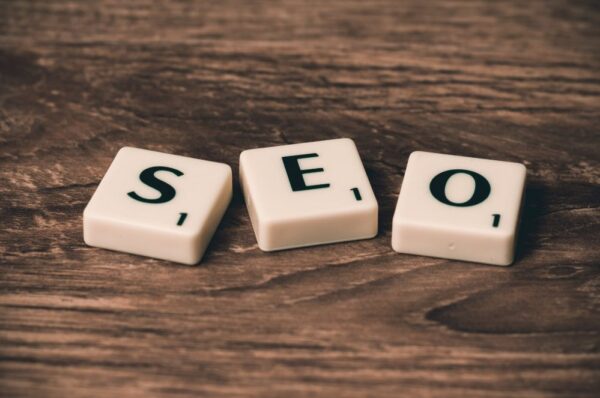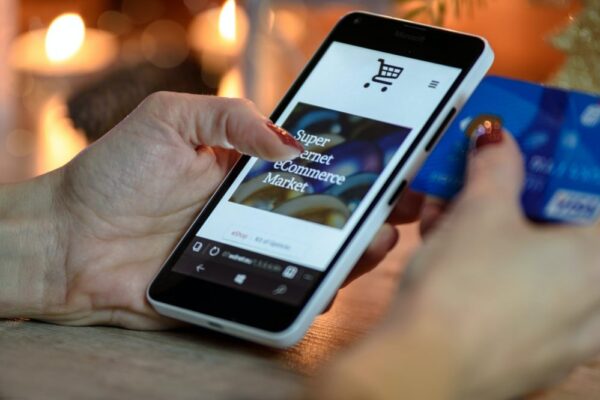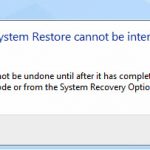Growth is essential for any business: if you remain stagnant then that means that your competitors are taking advantage of new business opportunities and, in real terms, your business is losing out. All modern businesses should view their website as an essential tool, and every business (whether you are selling products directly to a consumer or not) should have one.
But it is not enough to simply build a good-looking website and then forget all about it: your website should work hard to drive your business forward and help it to grow. Whether you choose to buy backlinks from companies such as MotherLink to increase your search engine ranking, to work with social media influencers, or to create killer content, here are five essential tools that you can utilise to help your website grow:
1. Create Content That is Useful and Meaningful

When it comes to building websites, it is often said that content is king. The content you create for your website should be interesting, meaningful, and where possible unique: if you own a bespoke pet accessory brand, for example, then you should be writing content that will appeal to this audience as well as promoting your products.
A Christmas gift guide for puppies, or a Trend report for catwalk-ready dogs would both be good examples of this. Where possible your content should be interactive and should encourage your customer or potential customer to engage with your brand. Creating a blog on your site is a great way to keep your content fresh, and easily add updates without any technical interference. This will help to drive more traffic to your site, show the personality of your brand, and it is also great for SEO.
2. Focus on SEO

Search Engine Optimisation (SEO) is absolutely vital for growing your website. Most consumers use a search engine when looking for new products and the higher your site appears in those search engine rankings, the more likely it is to be clicked through by that potential new customer. SEO is a complex process that requires both on-page and off-page techniques to be successful.
On-page SEO refers to everything that you can do on your own website to improve its rankings, such as keyword optimisation and creating content that will attract the interest of the consumer. Meanwhile, off-page SEO refers to everything that can improve the status of your website from outside of your site. The most important off-page strategy is to secure high-quality backlinks to your website, which act as a vote of confidence, or sign of quality, to the search engines and show them that your content is considered to be of a high standard.
This will mean that they are more likely to rank highly in the search listings. It’s important to note that off-page SEO strategies can be time-consuming and complicated, so many businesses choose to secure the services of a backlink building expert to do this for them, but if you’re not taking advantage of these SEO techniques then your business will be missing out.
3. Build Relationships

Websites no longer stand alone: they work in conjunction with social media accounts, which bring consumers closer to their favourite brands than ever before. You should harness the power of social media to build relationships, not only with your existing customer base, but also with social media influencers who could grow awareness of your brand amongst their own, larger, social media audience.
Some social media influencers have hundreds of thousands, if not millions, of followers, so this is a great way to showcase your brand on a bigger stage. Creating partnerships with influencers often involves paying them a fee for exposure, so it’s important to understand how working with these influencers could increase your own revenue before you enter any financial contract. But this is something worthy of further research, because influencer marketing is considered the future of marketing within the digital sphere.
4. Ensure Your Website is Optimised for Mobile

Mobile eCommerce is the future. More and more people are turning to the convenience of shopping via their mobile device, which explains why in 2023, an incredible $2.66 trillion in sales was made via mobile devices. If your website isn’t optimised for mobile, you could be losing out on your share of this business!
Consumers have trust in mobile and are happy using this medium to make their online purchases, particularly Millennial and Gen Z consumers: If either of these groups form part of your target audience then failing to optimise your website for mobile ecommerce could actually lead to a loss of business.
You should aim to make your mobile ecommerce check out process as simple and accessible as possible: if this is not something you considered when you originally built your website then it is something that should be high on your priority list now.
5. Ensure Your Brand Identity is Unique

Your brand tone of voice should be unique and truly reflect your brand. Don’t shy away from personalization: in fact, many consumers prefer this approach! Deepening your brands relationship with its consumers will leave them more likely to return, to share their experiences via social media, and to recommend your products or services to their peers.
You can promote this approach by actively encouraging your consumers to take action: as well as including plenty of calls to action throughout the site, offering incentives for shares via social media or online reviews is also likely to increase engagement. Offering a money offer coupon in exchange for a review, for example, will often turn a passive consumer into an active one: and consumer reviews have real, tangible value.
By ensuring that your brand identity is unique, and that your authentic voice will stand out from a crowd of similar brands, you are more likely to attract new consumers who want to be a part of the special and individual thing that you have created. Authenticity is key when creating a website.



















